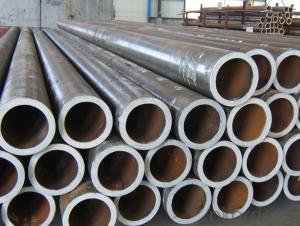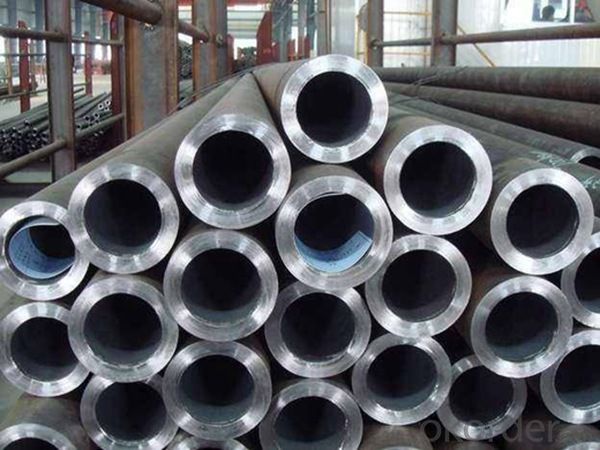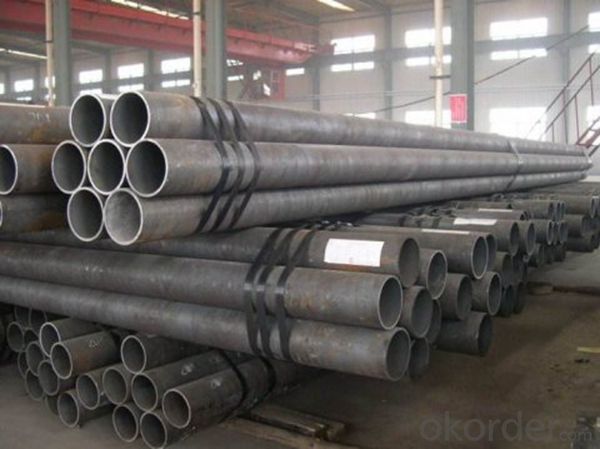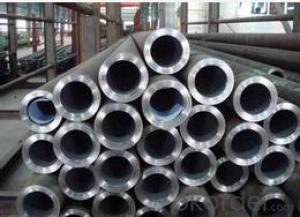20G carbon steel tube high pressure boiler petroleum cracking large diameter alloy steel tube
- Loading Port:
- Tianjin
- Payment Terms:
- TT OR LC
- Min Order Qty:
- 1 m.t.
- Supply Capability:
- 1000 m.t./month
OKorder Service Pledge
OKorder Financial Service
You Might Also Like
Specification
Product information
Product number: 15CrMoG
Executive standard: gb5310-2008
Chemical composition:
| C | Si | Mn | P | S |
| 0.12~0.18 | 0.15~0.40 | 0.40~0.70 | ≤0.025 | ≤0.025 |
| Cr | Mo | |||
| 0.80~1.20 | 0.45~0.60 |
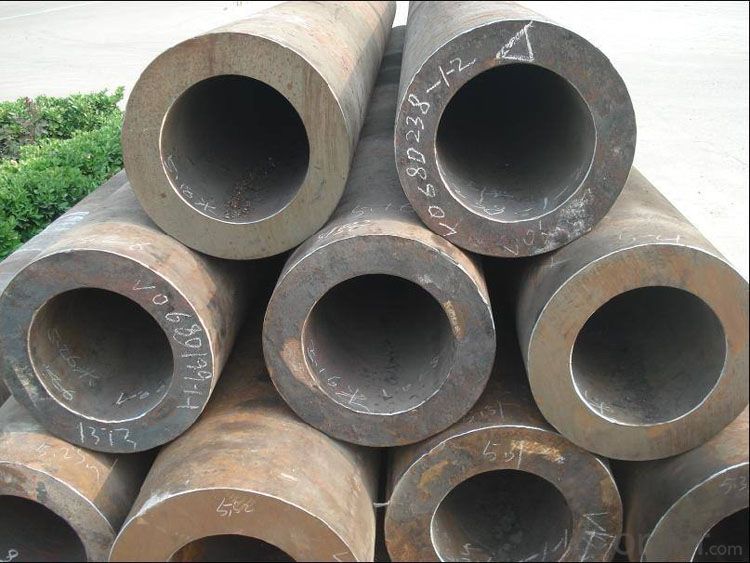
Product application: usually 15CrMo steel is mainly used for high pressure pipe and steam guide pipe with steam parameter of 510℃, heat exchanger pipe with wall temperature of 550℃, etc.
Treatment process: hot rolling
Theoretical weight scale (unit: kg/m, mm) : (outer diameter - wall thickness)* wall thickness *0.02483=kg/ m (weight per meter)
Foreign similar type of steel, the former Soviet union's 15XM, American brand T12, P12, Japanese brand STBA22, STPA22 and German brand 13CrMo44 and so on.
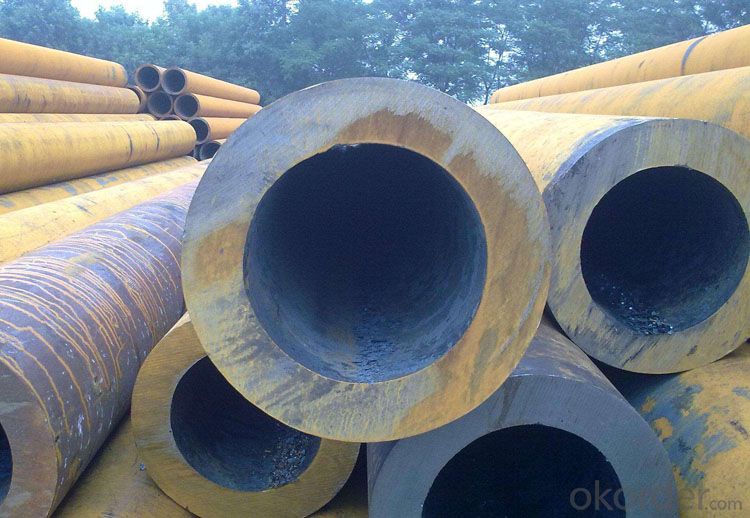
15CrMo steel is widely used in the power industry. It has high thermal strength when used at 500℃-550℃.When the service temperature is greater than 550℃, its thermal strength performance is significantly reduced.Generally, 15CrMo steel is mainly used for high pressure pipe and steam guide pipe with steam parameters of 510℃ and heat exchanger pipe with wall temperature of 550℃
Company introduction:
Our company is a new force established by the Pipeline Industry Group in the 1980s. It relies on a large number of core technologies accumulated by the Group, together with strict quality control, physical and chemical testing, and carries out professional pipe fittings management in strict accordance with various standards. Products are widely used in petroleum, petrochemical, chemical, thermal power, boilers, four major pipelines, fertilizer, aviation nuclear power, metallurgy, shipbuilding, machinery and military fields.
Our company's main products mainly include elbows, elbows, tees, diameter pipes, pipe caps, sharp elbows, flanges, socket fittings, forged pipe fittings and difficult pipe fittings. In addition, our company has alloy steel pipe and seamless steel pipe for high-pressure boiler all the year round. After 10,000 tons of medium and low pressure boiler pipes, low temperature steel pipes and pipeline steel pipes.
All products adopt national standard: GB, DL695, GD87, GD2000, SH, HG and American standard ASME (ANSI), German standard DIN, Japanese standard JIS and other standards, and our company solemnly promises that all the company's pipe parts in accordance with the standard piece by piece for geometric size and appearance testing, ultrasonic thickness measurement, ultrasonic non-destructive testing, magnetic powder, coloring penetration and other tests, while our company resolutely takes the market as the test. Oriented, facing the following customized pipe fittings and difficult pipe fittings of customers, we also adopt the attitude of excellence in production, which has been well received by customers at home and abroad for many years, and has established a very high reputation in the same industry.
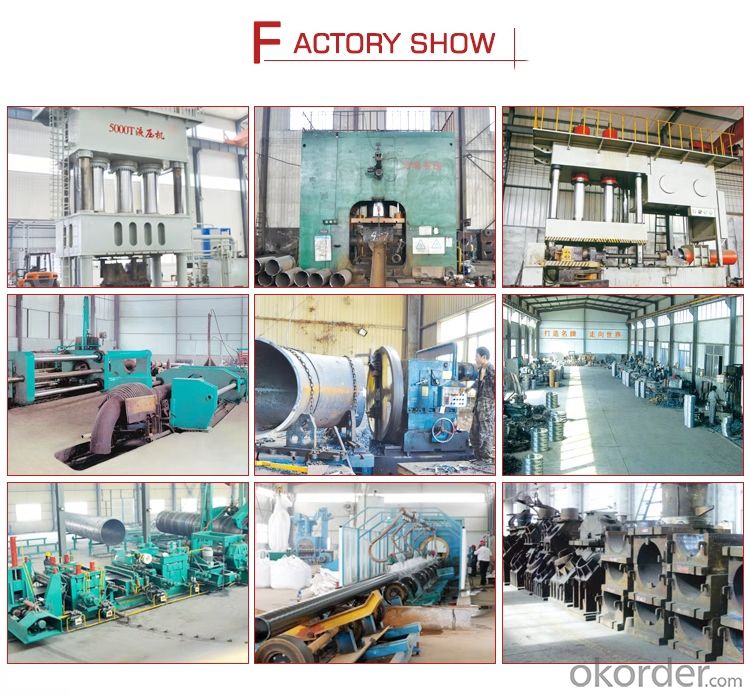
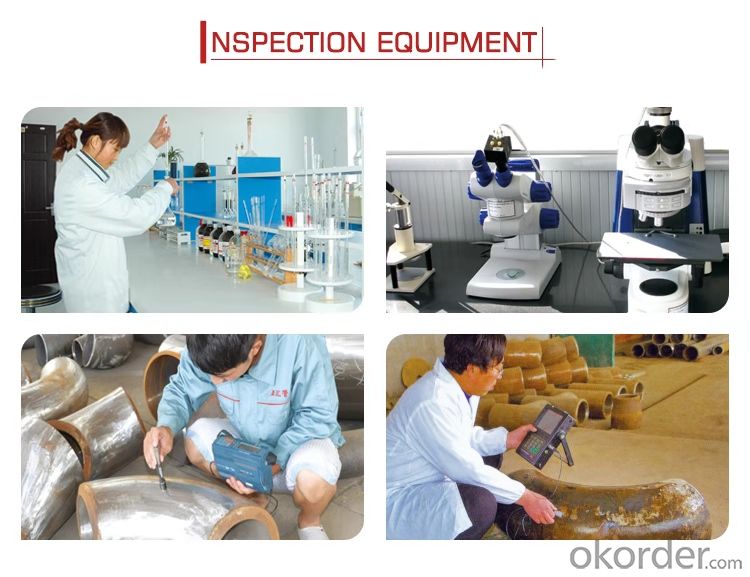
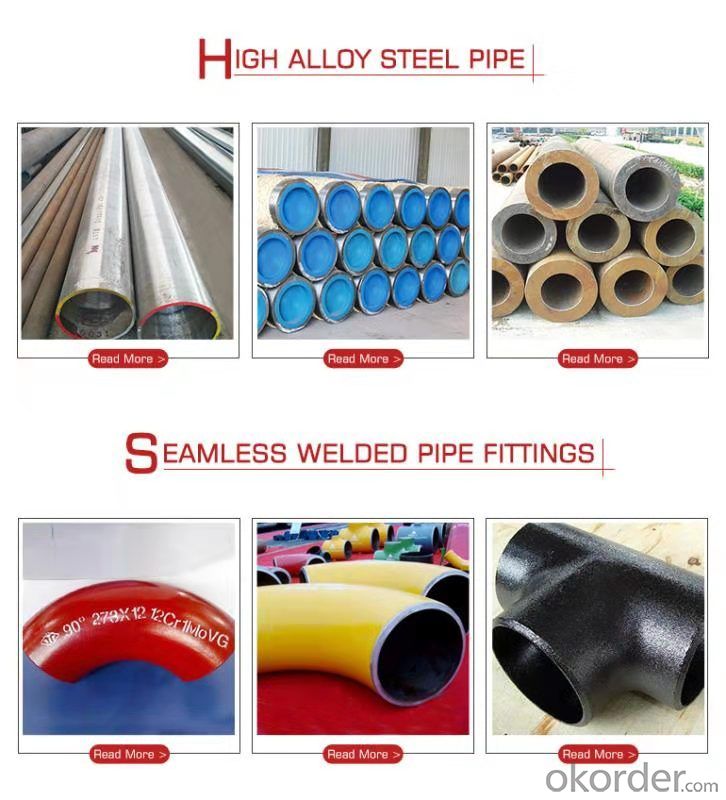

- Q: ASME seamless tube how to express, what is the form, I did not find on the ASME, thank God!
- You can refer to the ASME B31.10, such as the requirements for the SA106GRB seamless steel tube outer diameter of 168.3 x 7.11, specifications can be marked as NPS6 SCH40 SMLS, the real mark should include pressure steel pipe factory name or trademark, and the material level, specifications, standards, wall number, batch number, pressure test (if any), NDE detection (if any)
- Q: What are the different types of steel pipe coatings for underground applications?
- There are several types of steel pipe coatings used for underground applications, including fusion bonded epoxy (FBE) coating, three-layer polyethylene (3LPE) coating, three-layer polypropylene (3LPP) coating, and coal tar enamel (CTE) coating. Each of these coatings provides different levels of protection against corrosion and abrasion, ensuring the longevity and durability of the steel pipes in underground environments.
- Q: How long is the seamless tube?
- Seamless steel tube specification: 8-1240 * 1-200mm
- Q: How are steel pipes used in the agriculture sector?
- Steel pipes are commonly used in the agriculture sector for various purposes, such as irrigation systems, drainage systems, and structural support for farm buildings and infrastructure. They are also used for conveying water, chemicals, and other fluids, as well as for constructing fencing and livestock enclosures. Moreover, steel pipes are utilized in the construction of machinery and equipment essential for farming operations.
- Q: What is the difference between steel pipe and copper pipe?
- The main difference between steel pipe and copper pipe lies in their composition and properties. Steel pipe is typically made from carbon steel, which is an alloy of iron and carbon. On the other hand, copper pipe is made from copper, a naturally occurring metal. One key difference is their durability. Steel pipe is known for its strength and resilience, making it suitable for high-pressure applications and harsh environments. It is highly resistant to corrosion, making it a long-lasting option. Copper pipe, on the other hand, is known for its malleability and ease of installation. It is less durable than steel and can corrode over time, especially when exposed to certain chemicals or aggressive water conditions. Another difference is their thermal conductivity. Copper pipe is an excellent conductor of heat, making it ideal for applications that require efficient heat transfer, such as in plumbing systems for hot water supply. Steel pipe, however, has a lower thermal conductivity compared to copper, which may affect its performance in certain applications. Cost is another factor to consider. Copper pipe is generally more expensive than steel pipe due to the higher cost of copper as a raw material. Additionally, copper pipe requires specialized tools and techniques for installation, which can add to the overall cost. Steel pipe, on the other hand, is often more cost-effective and easier to work with, making it a popular choice for a wide range of applications. In summary, the main differences between steel pipe and copper pipe are their composition, durability, thermal conductivity, and cost. Each type has its own advantages and disadvantages, and the choice between them depends on the specific requirements of the application at hand.
- Q: What are the specifications for steel pipes used in high-pressure applications?
- The specifications for steel pipes used in high-pressure applications typically include factors such as high tensile strength, corrosion resistance, and the ability to withstand extreme temperatures and pressures. These pipes are usually made from alloy or carbon steel with specific dimensional requirements, such as minimum wall thickness and diameter, to ensure their durability and safety under high-pressure conditions. Additionally, they may need to comply with industry standards and regulations, such as ASTM or ASME specifications, to ensure their quality and suitability for high-pressure applications.
- Q: Can steel pipes be used for conveying slurries or abrasive materials?
- Yes, steel pipes can be used for conveying slurries or abrasive materials. Steel pipes are known for their durability and resistance to wear and tear, making them suitable for handling abrasive substances. Additionally, their smooth interior surface reduces friction, preventing clogging and ensuring efficient flow of slurries or abrasive materials.
- Q: How are steel pipes used in seaport infrastructure?
- Steel pipes are extensively used in seaport infrastructure for various purposes such as constructing piers, offshore platforms, and docking facilities. They are commonly used for building underwater foundations, pilings, and support structures that provide stability and strength to the port infrastructure. Steel pipes are also used in the construction of pipelines, drainage systems, and water supply networks within the seaport, ensuring efficient transportation of goods and materials. Overall, steel pipes play a crucial role in maintaining the structural integrity and functionality of seaport infrastructure.
- Q: How are steel pipes protected against external moisture?
- Steel pipes are typically protected against external moisture through various methods such as coating them with corrosion-resistant materials like epoxy or zinc, applying protective tapes or wraps, using cathodic protection systems, or utilizing corrosion inhibitors during the manufacturing process. These measures help to prevent the formation of rust and ensure the longevity and reliability of the steel pipes.
- Q: How do you calculate the weight of a steel pipe?
- To calculate the weight of a steel pipe, you would need to know the dimensions of the pipe, specifically the outer diameter (OD), wall thickness, and length. Firstly, you need to determine the cross-sectional area of the pipe. This can be done by subtracting the inner diameter (ID) from the outer diameter (OD) and dividing the result by 2 to get the radius. Then, you can use the formula A = πr^2 to calculate the area. Next, multiply the cross-sectional area by the length of the pipe to get the volume. The formula for volume is V = A * L, where A is the cross-sectional area and L is the length. Finally, to calculate the weight of the steel pipe, you need to multiply the volume by the density of steel. The density of steel is typically around 7850 kilograms per cubic meter (kg/m^3) or 0.2836 pounds per cubic inch (lb/in^3). The formula for weight is W = V * ρ, where V is the volume and ρ is the density of steel. It's important to note that if you are working with different units, you will need to convert them to match the units of the density. For example, if the length is in feet and the density is in pounds per cubic inch, you would need to convert the length to inches before performing the calculations. Remember to double-check your measurements and calculations to ensure accuracy.
Send your message to us
20G carbon steel tube high pressure boiler petroleum cracking large diameter alloy steel tube
- Loading Port:
- Tianjin
- Payment Terms:
- TT OR LC
- Min Order Qty:
- 1 m.t.
- Supply Capability:
- 1000 m.t./month
OKorder Service Pledge
OKorder Financial Service
Similar products
Hot products
Hot Searches
Related keywords
